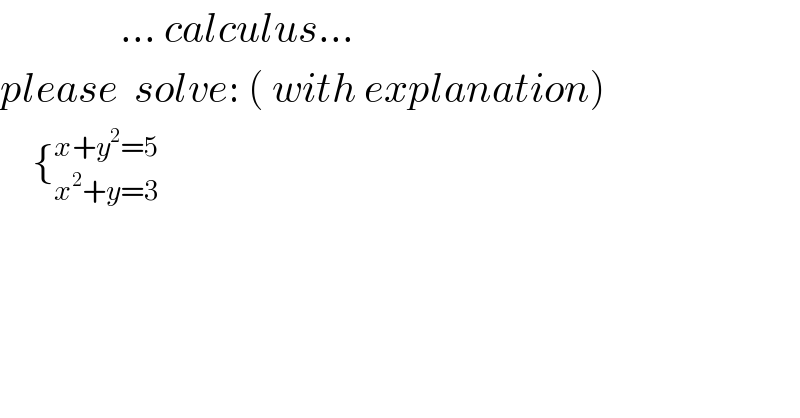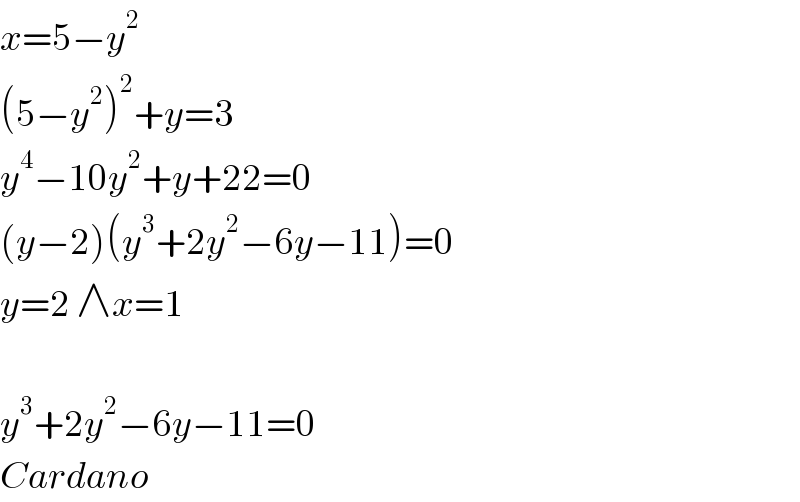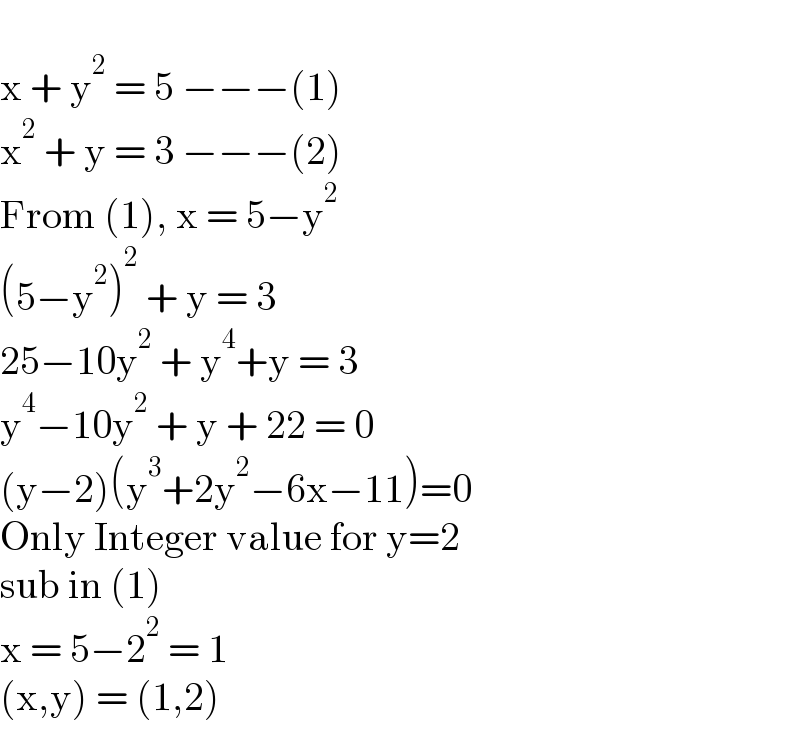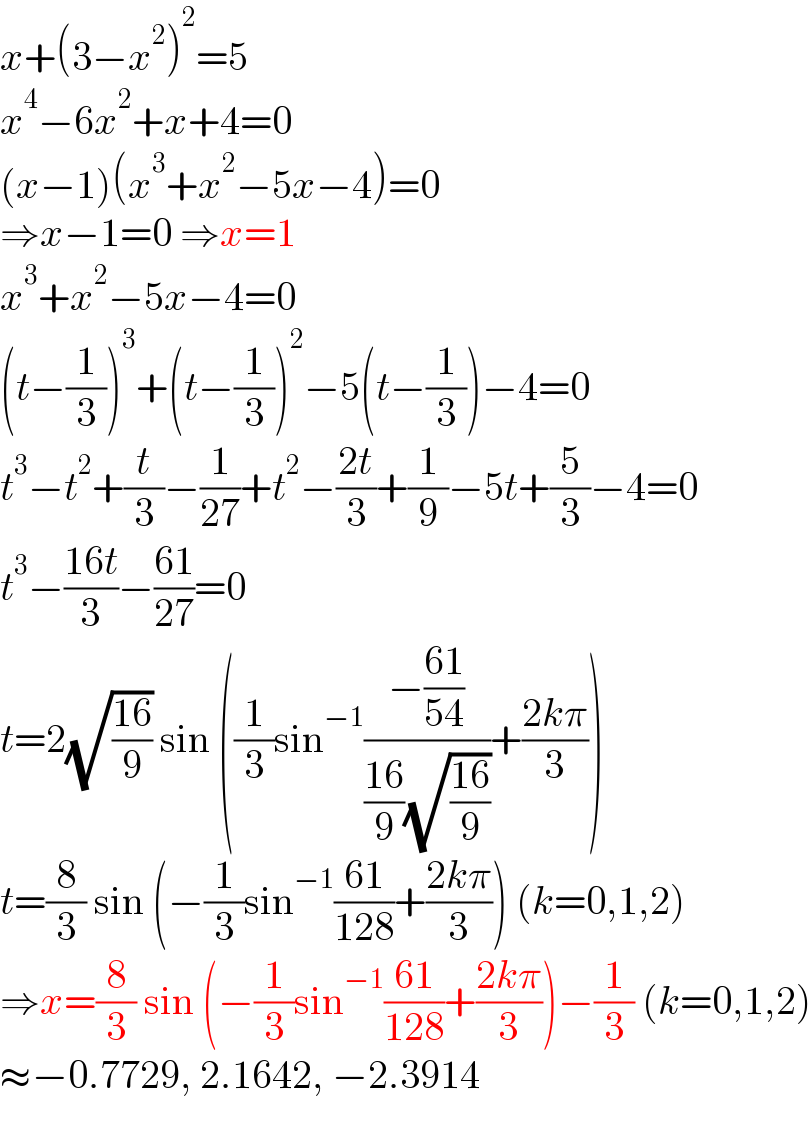Question Number 126887 by mnjuly1970 last updated on 25/Dec/20

Commented by Lordose last updated on 25/Dec/20

Commented by bramlexs22 last updated on 25/Dec/20

Answered by Lordose last updated on 25/Dec/20

Answered by mr W last updated on 25/Dec/20

